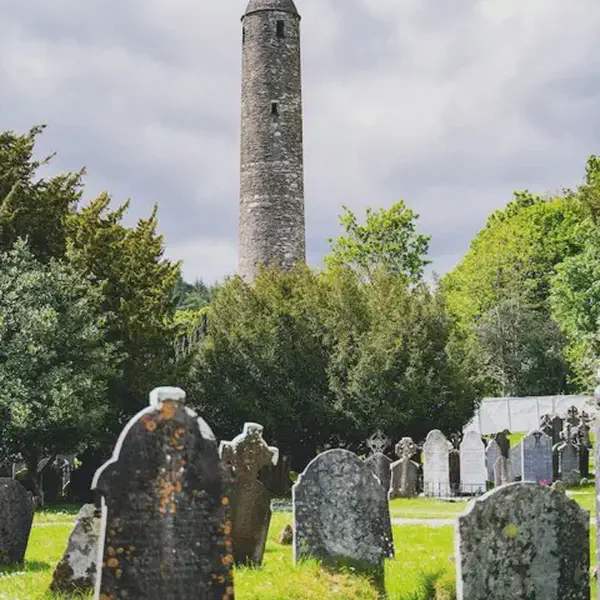
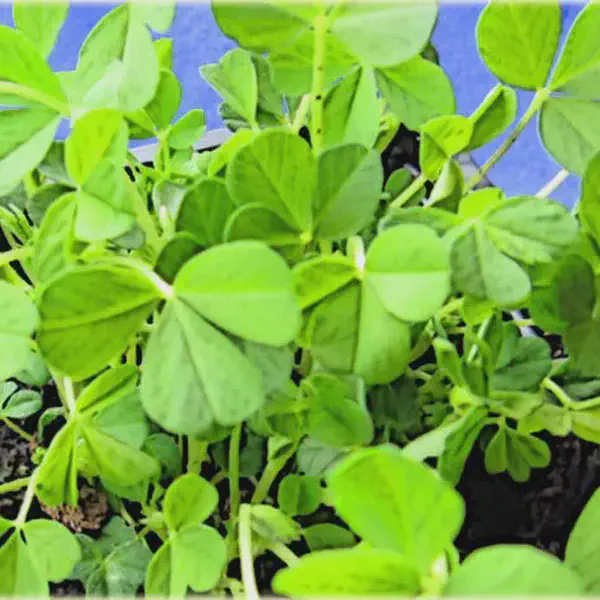
Sheelahs Day
Sheelah’s Day, also known as Sheelagh’s Day, (Ir. Lá ’le Síle) is an Irish cultural holiday celebrated on 18 March which coincides with St. Patrick’s Day. While the holiday is no longer widely celebrated in Ireland, there are still associated festivities celebrated throughout the Irish diaspora in Australia and Canada.
ireland
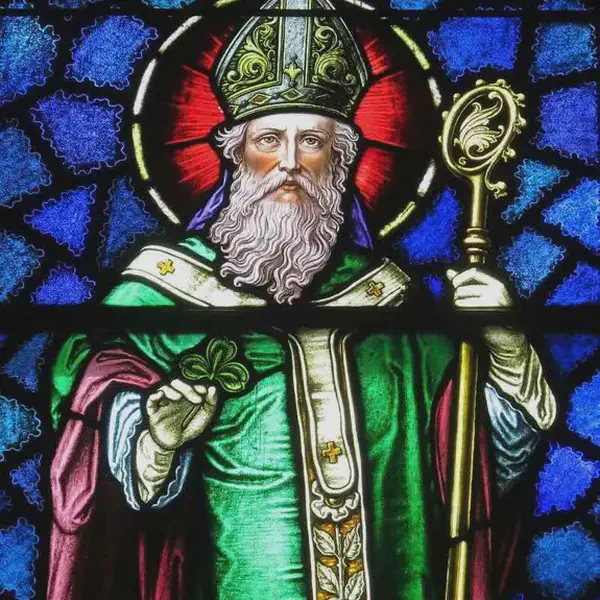
Happy St. Patricks Day !
St. Patrick, the patron saint of Ireland, is one of Christianitys most widely known figures. Apostle of Ireland, born at Kilpatrick, near Dumbarton, in Scotland, in the year 387; died at Saul, Downpatrick, Ireland, 17 March, 493.
ireland
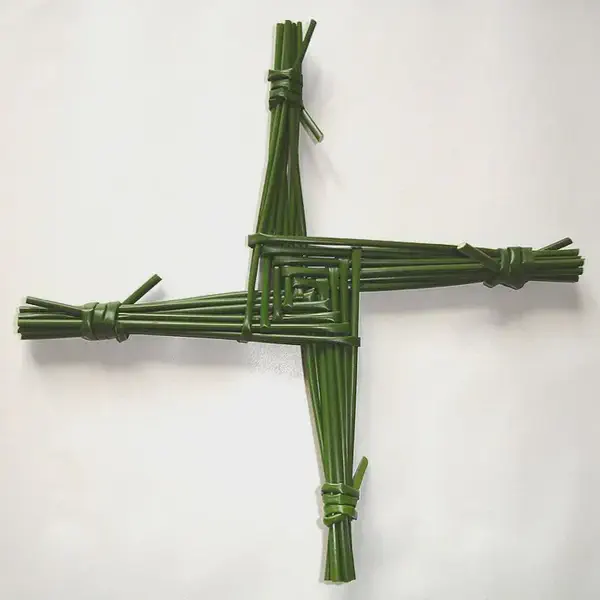
Feast of goddess Brigit, also known as Imbolc, Candlemasm, Groundhogs Day, Celtic fertility day
Imbolc, also known as Candlemas and Groundhogs Day. Imbolc was one of the cornerstones of the Celtic calendar. For them the success of the new farming season was of great importance. It marks the middle of Winter and holds the promise of Spring.
ireland
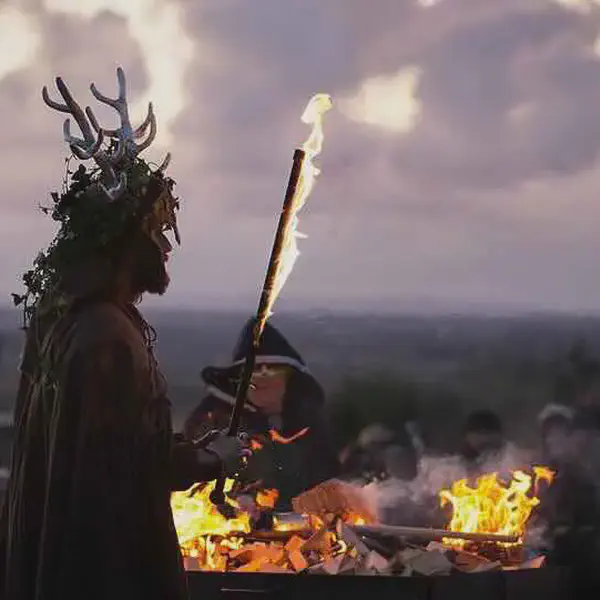
Samhain - Celtic New Year
Samhain marks one of the two great doorways of the Celtic year, for the Celts divided the year into two seasons: the light and the dark, at Beltane on May 1st and Samhain on November 1st.
ireland

Ship-wrecked Elizabeth McClean emerges in sand
Buried in the sand at Lahinch for almost 100 years, the ship-wrecked Elizabeth McClean emerges to allow a salvage operation to take its valuable cargo. The 58-foot schooner, laden down with Liscannor stone, sank off the Clare coast in 1904, bound for Glasgow
ireland


Sorley MacLean, poet, died
Sorley MacLean 26 October 1911 – 24 November 1996) was a Scottish Gaelic poet, described by the Scottish Poetry Library as “one of the major Scottish poets of the modern era” because of his “mastery of his chosen medium and his engagement with the European poetic tradition and European politics”.
ireland

Stone of Destiny, which Scottish kings had been crowned, returned to Scotland
The Stone of Destiny, the ancient coronation stone on which generations of Scottish kings were crowned at Scone, was returned to Scotland after 700 years. Originally taken by King Edward I of England in 1296 and placed beneath the Coronation Chair in Westminster Abbey, it symbolized English domination over Scotland.
ireland